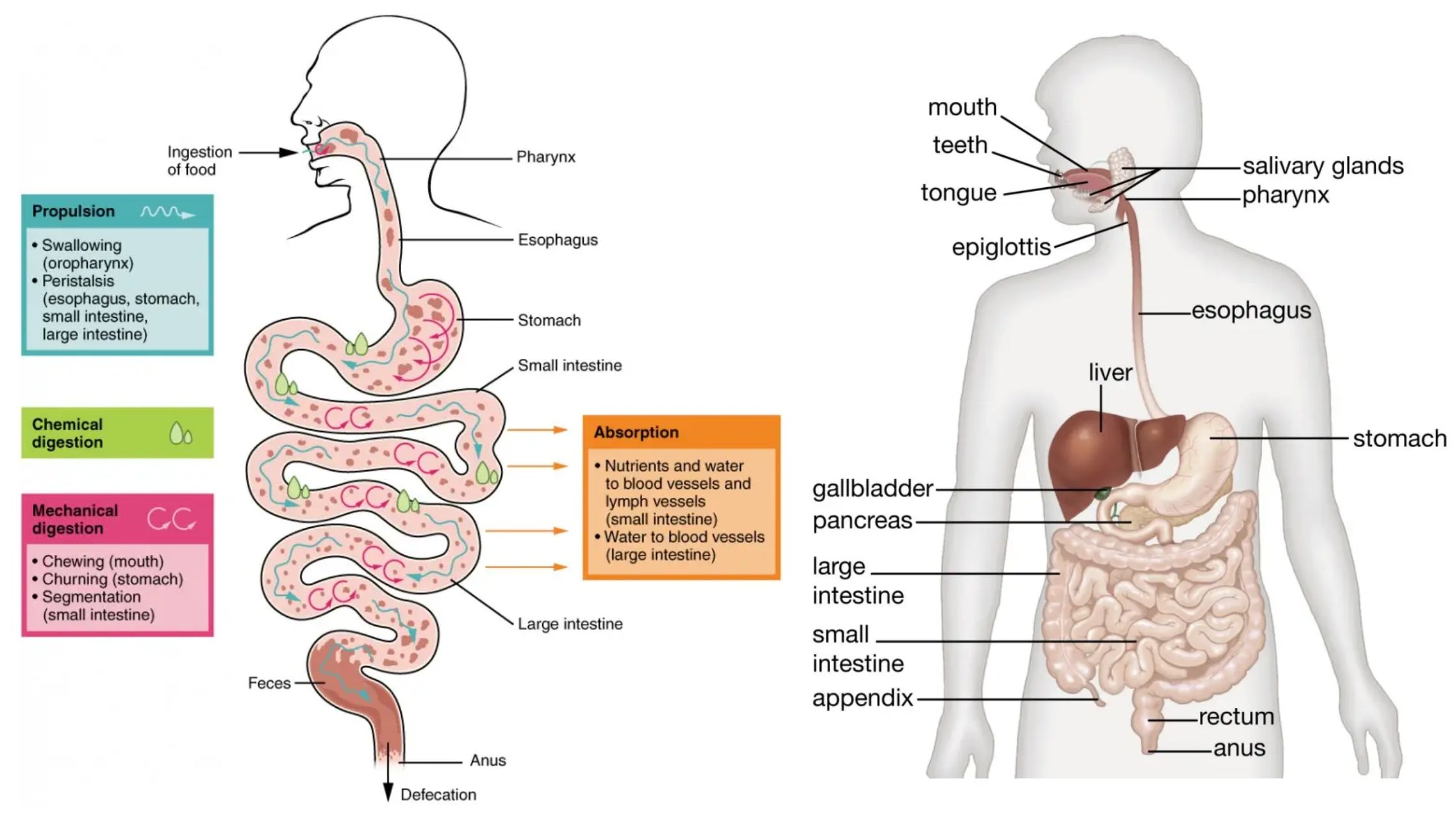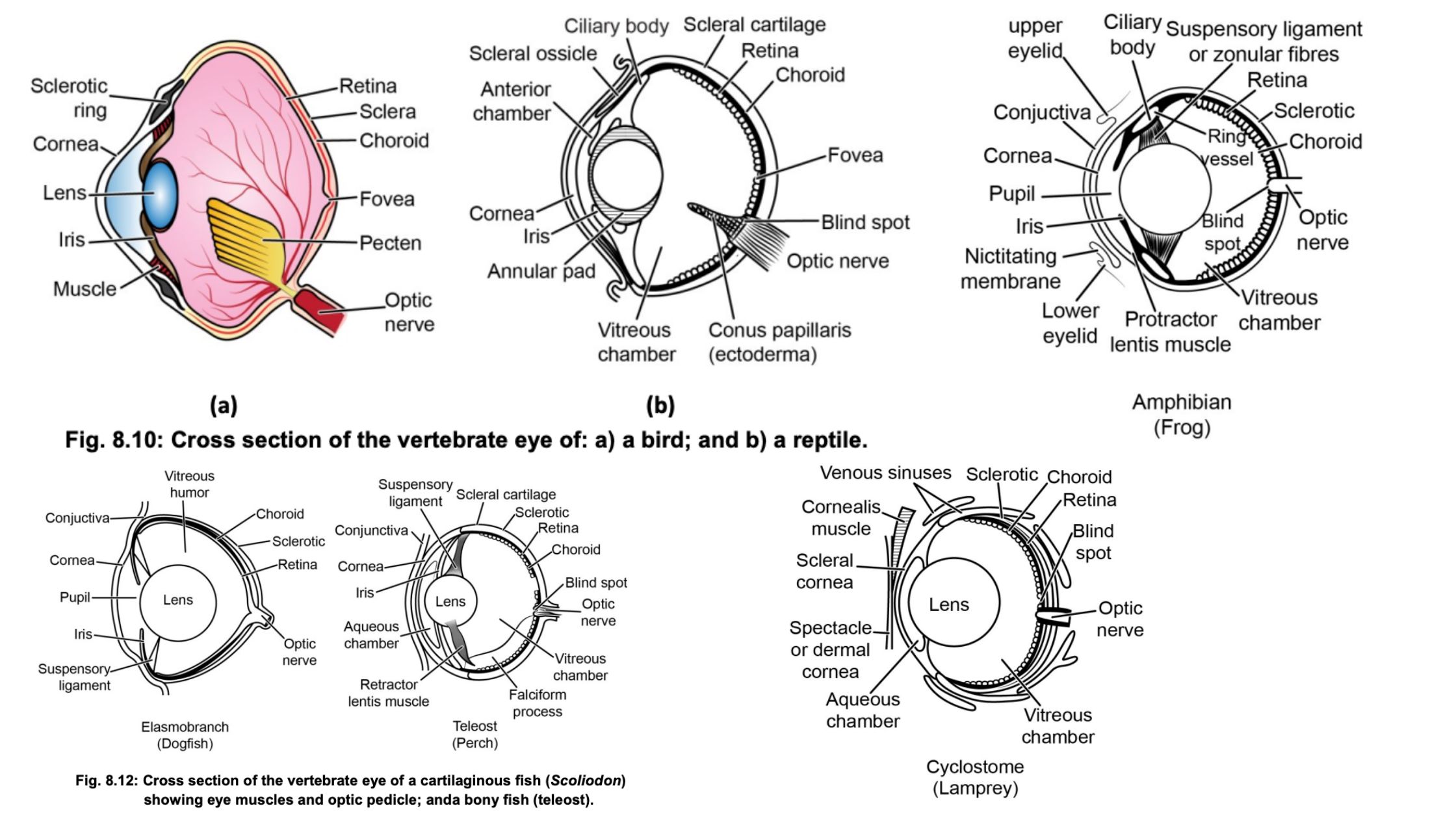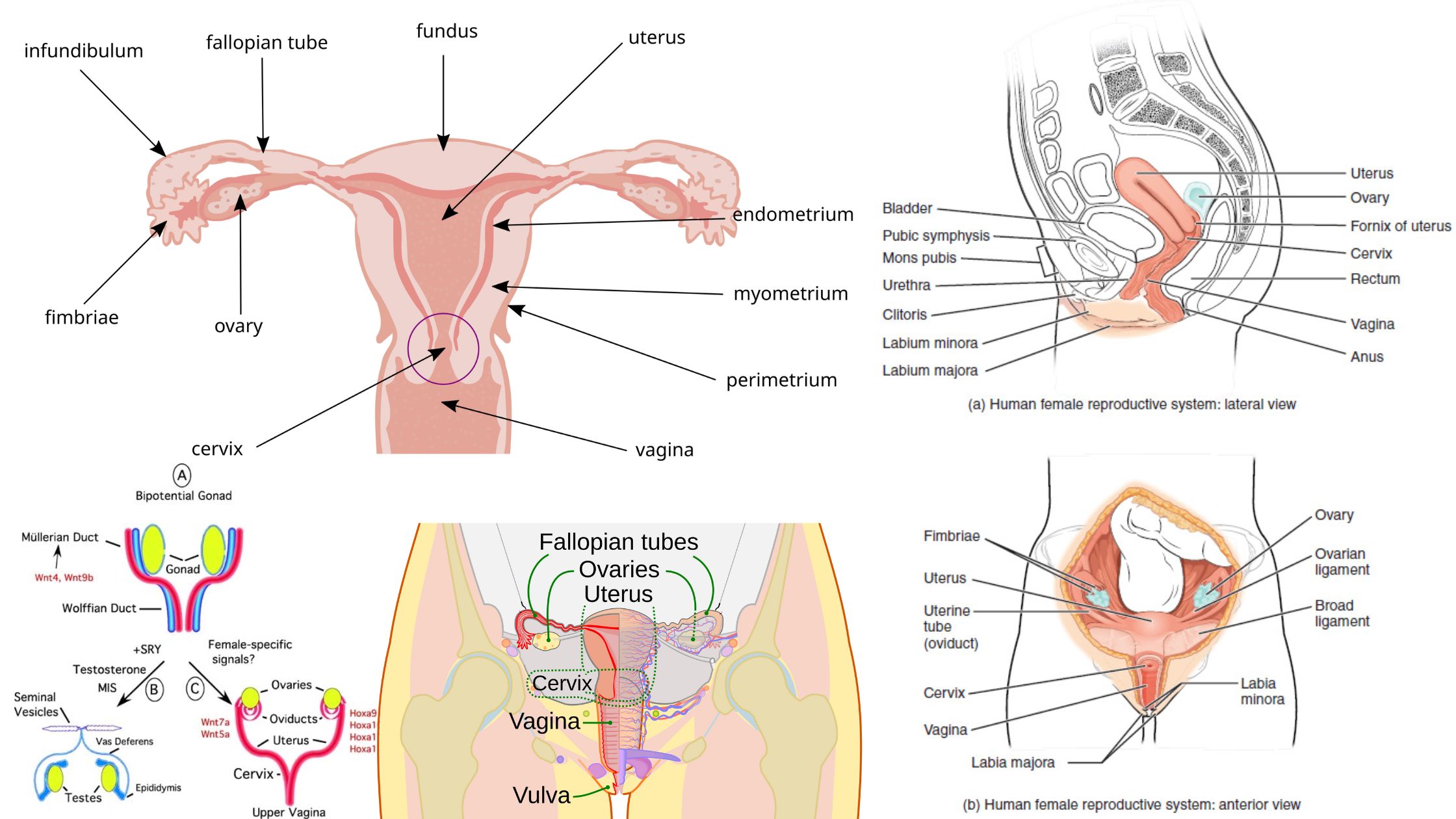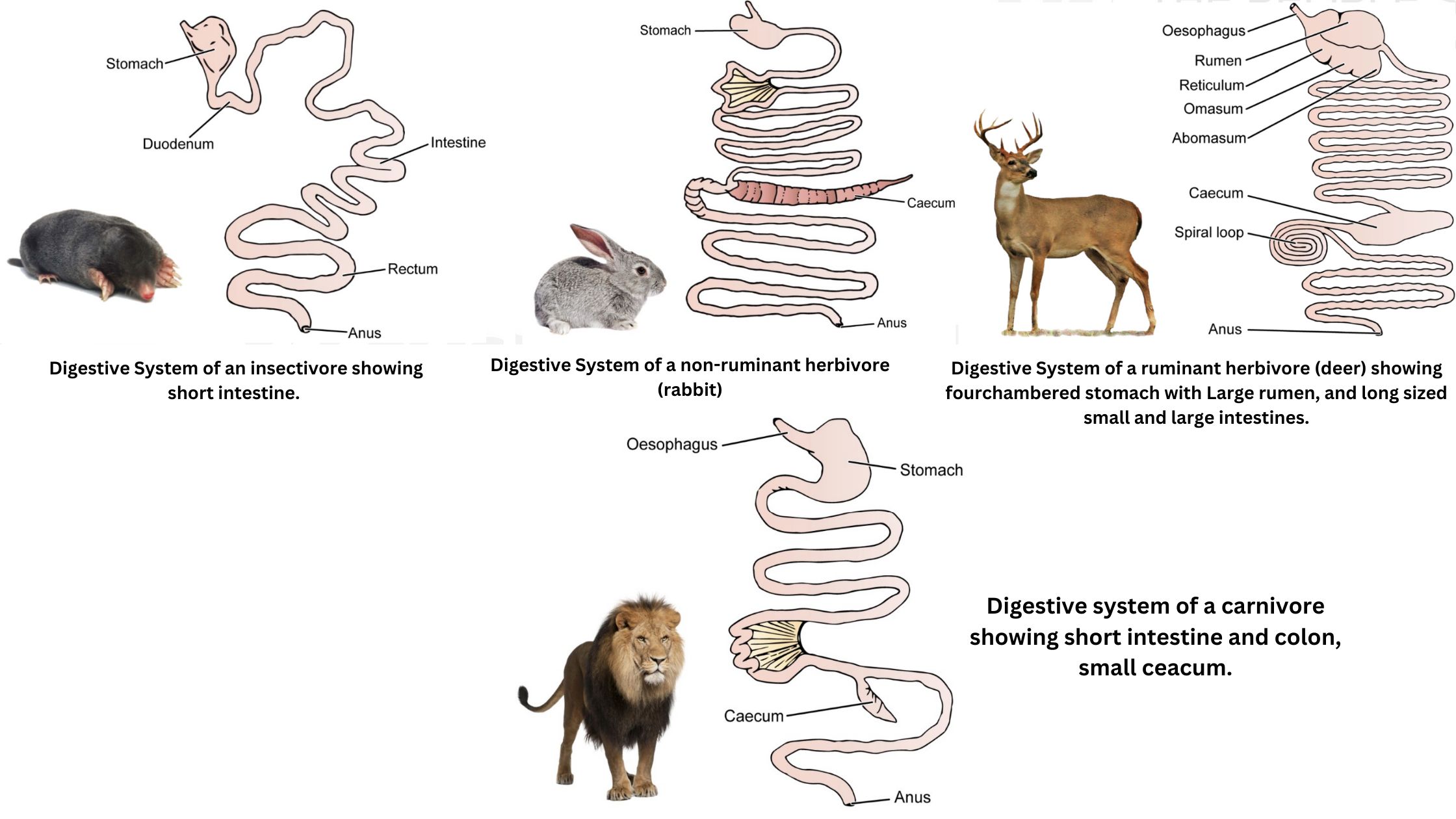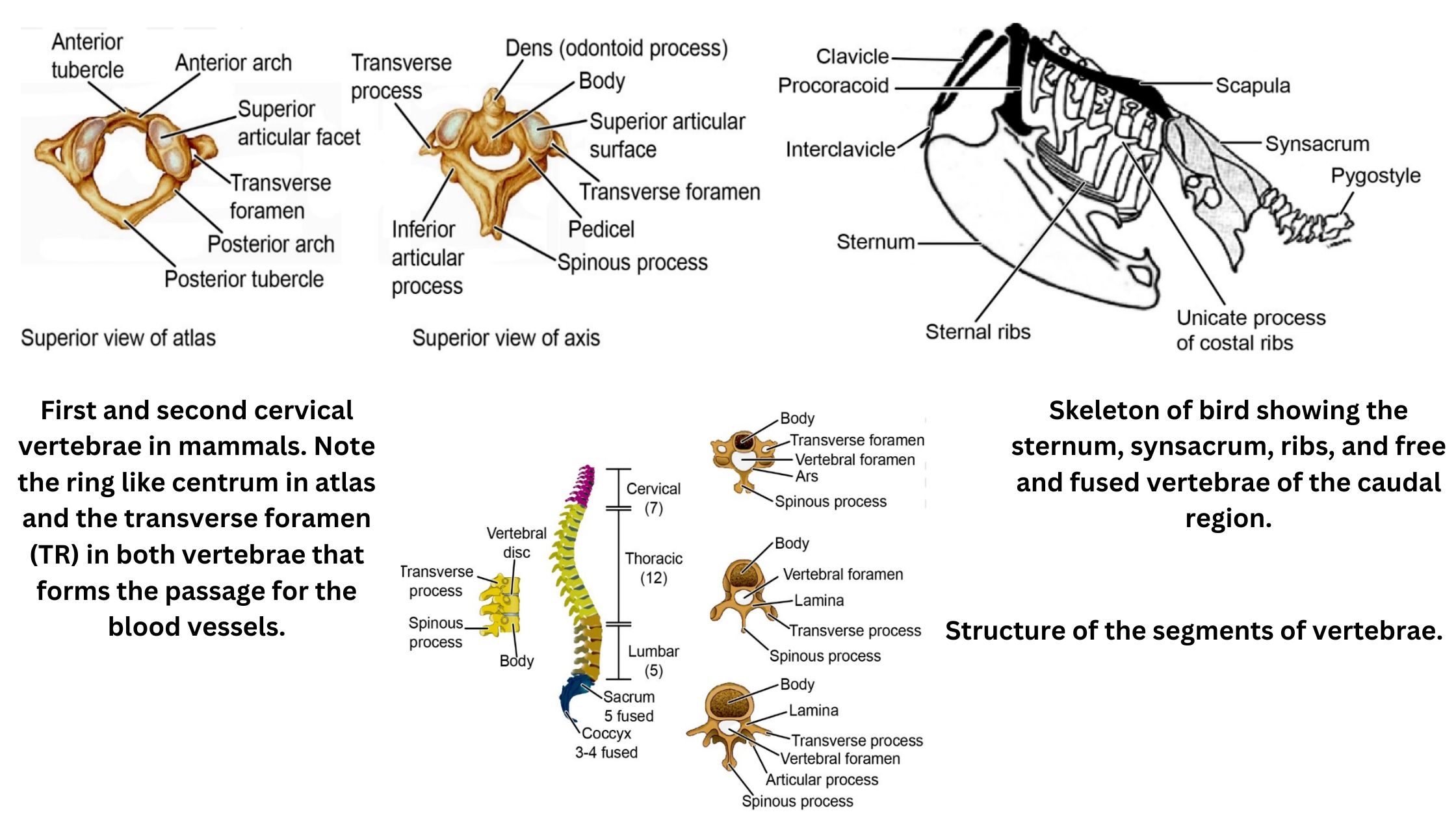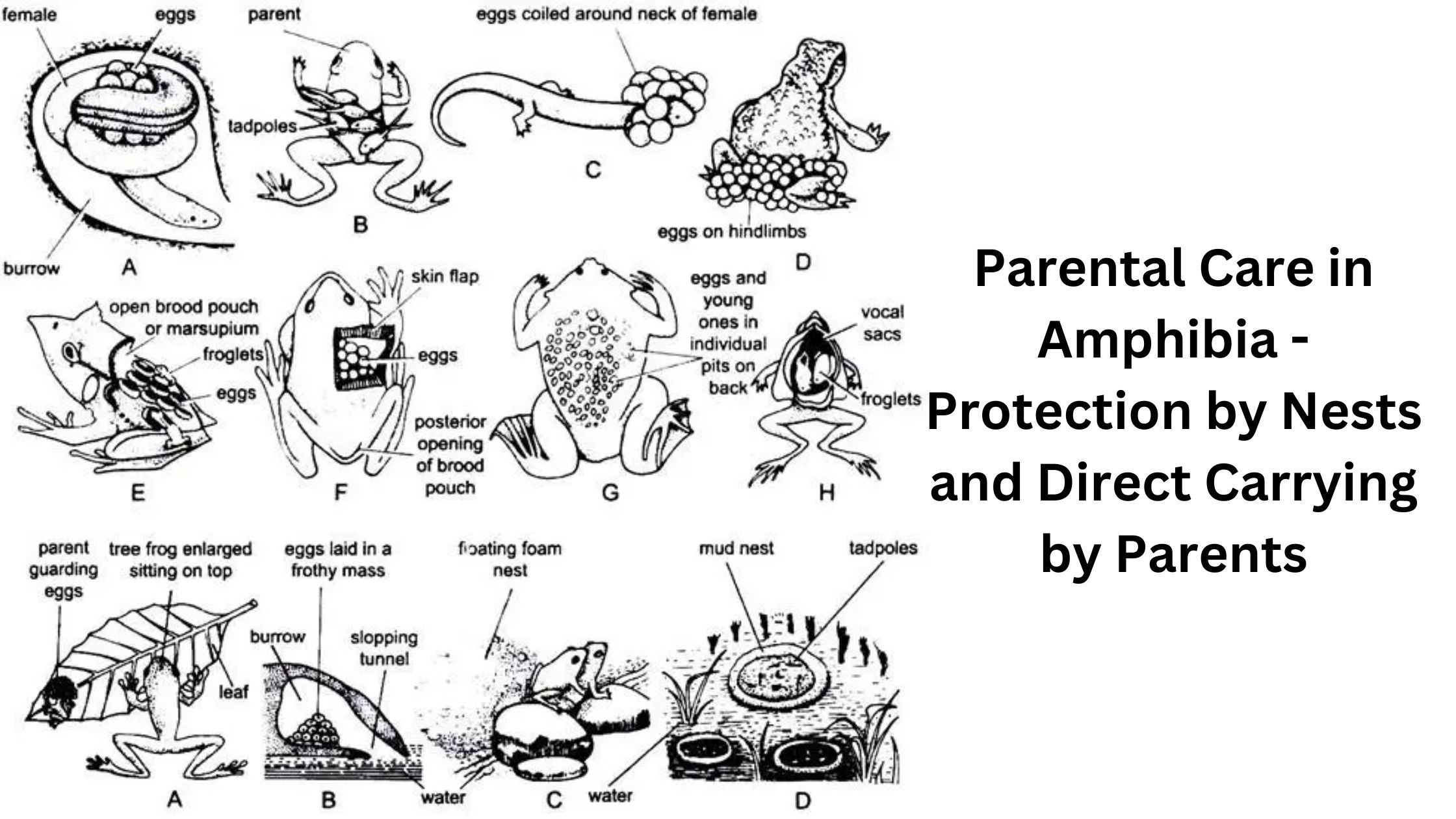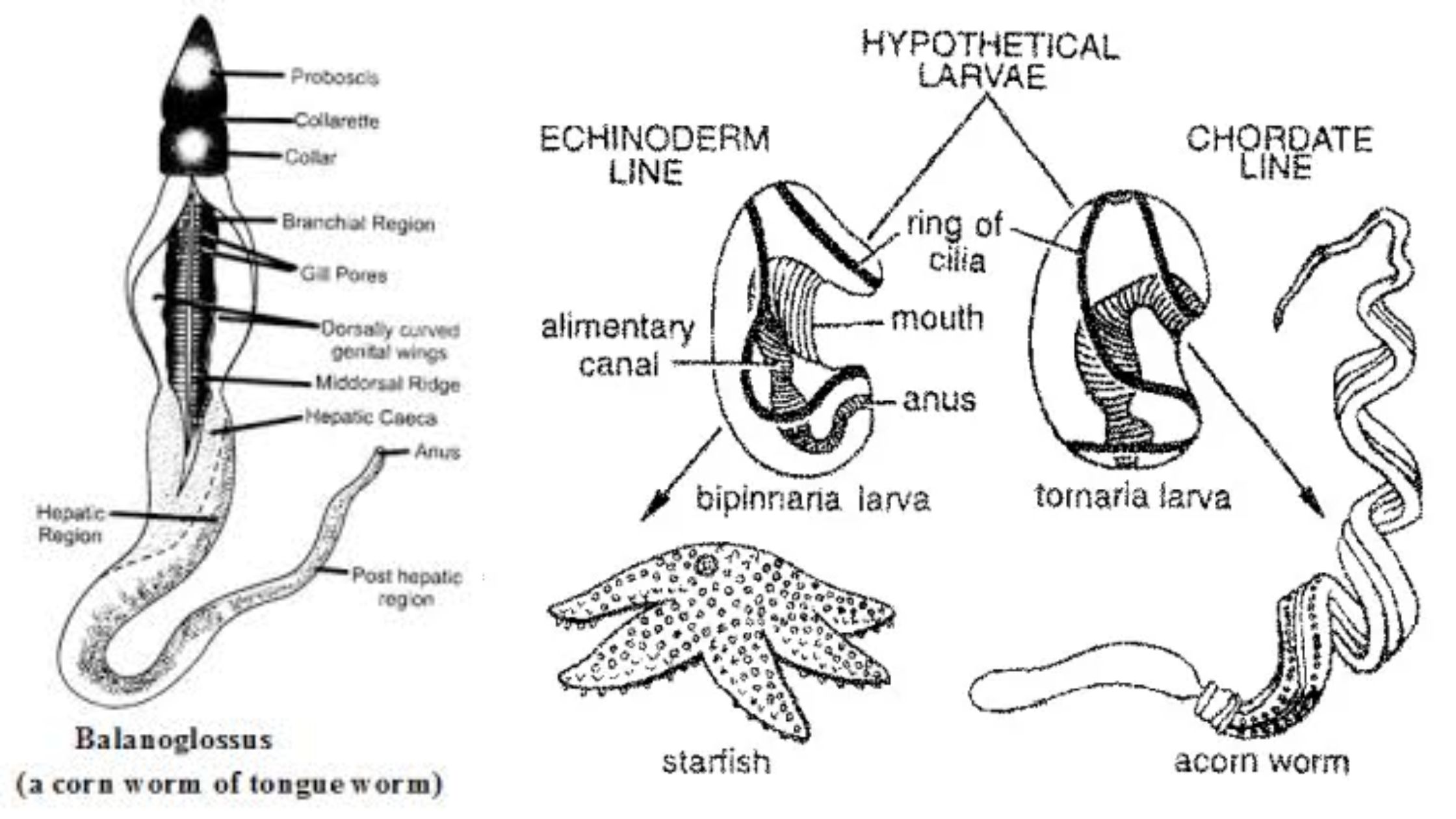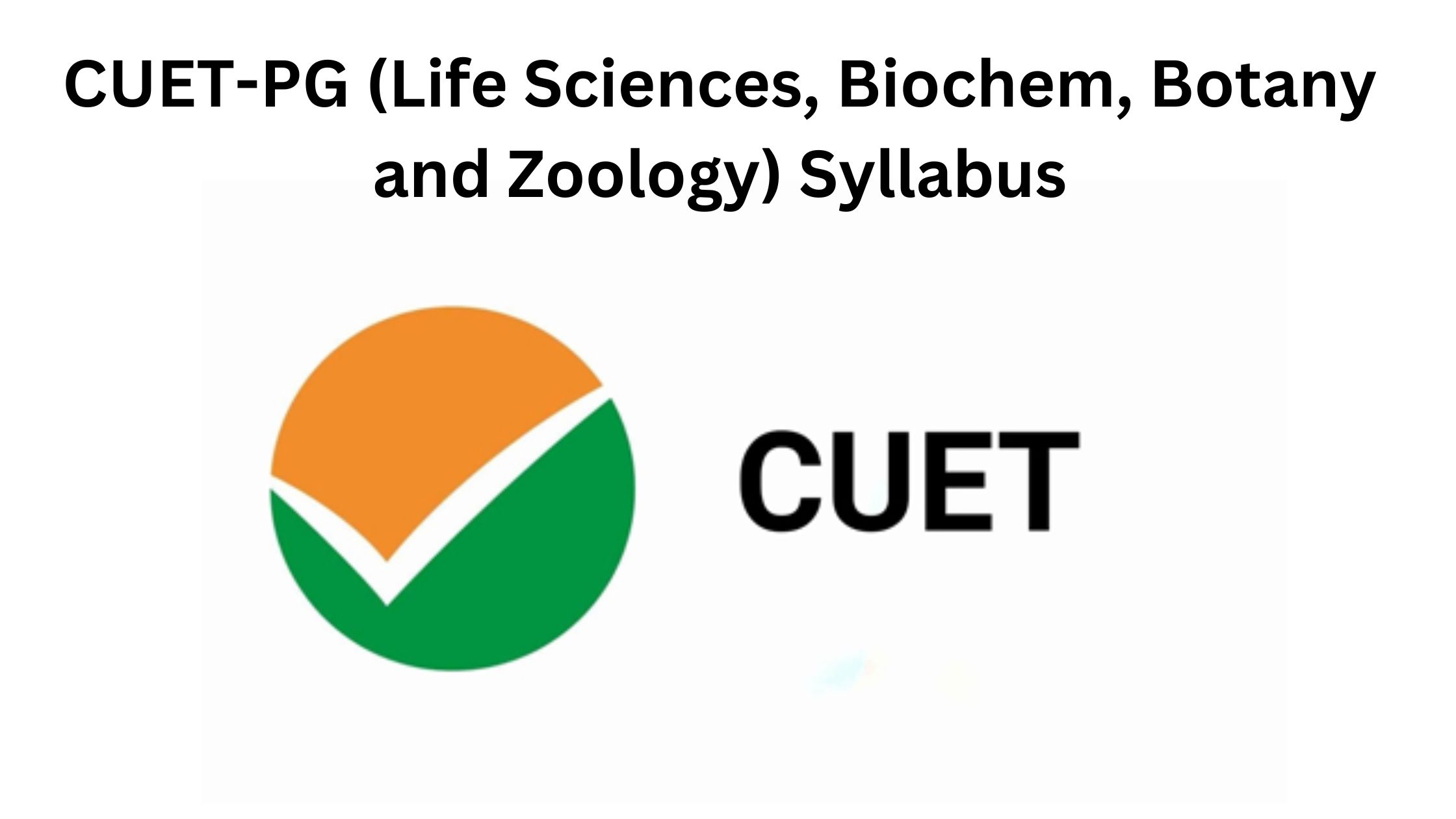Physiology of Digestion – Organs, Mechanism, Regulation, Functions
What is Digestion? Organ Systems Involved in gastrointestinal system The gastrointestinal (GI) system is a complex network of organs responsible for the digestion and absorption of nutrients, as well as the elimination of waste. It encompasses several key organs, each with specific functions that contribute to the overall digestive process. Digestion Process The digestion process … Read more
